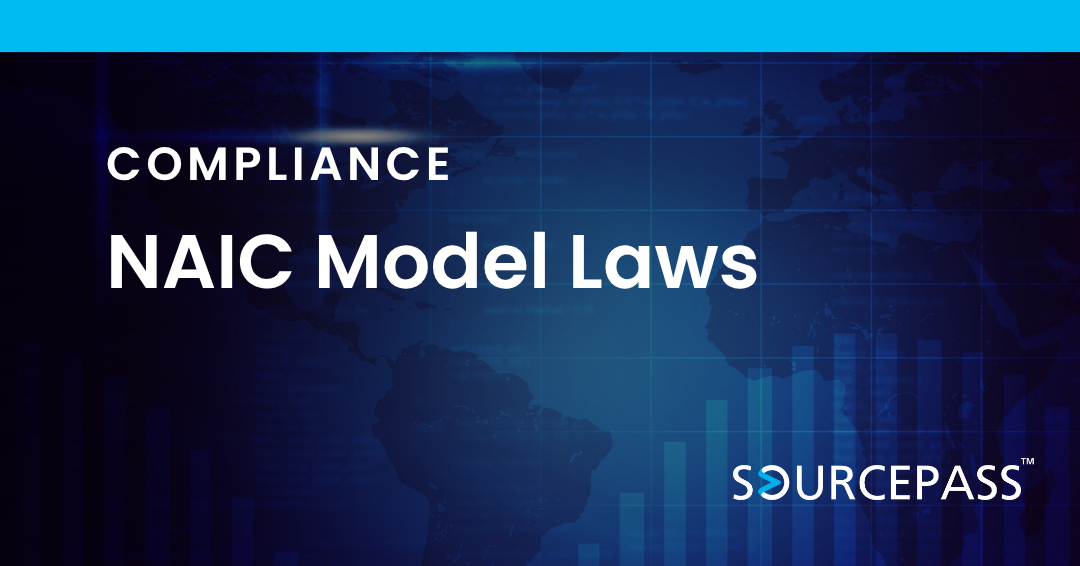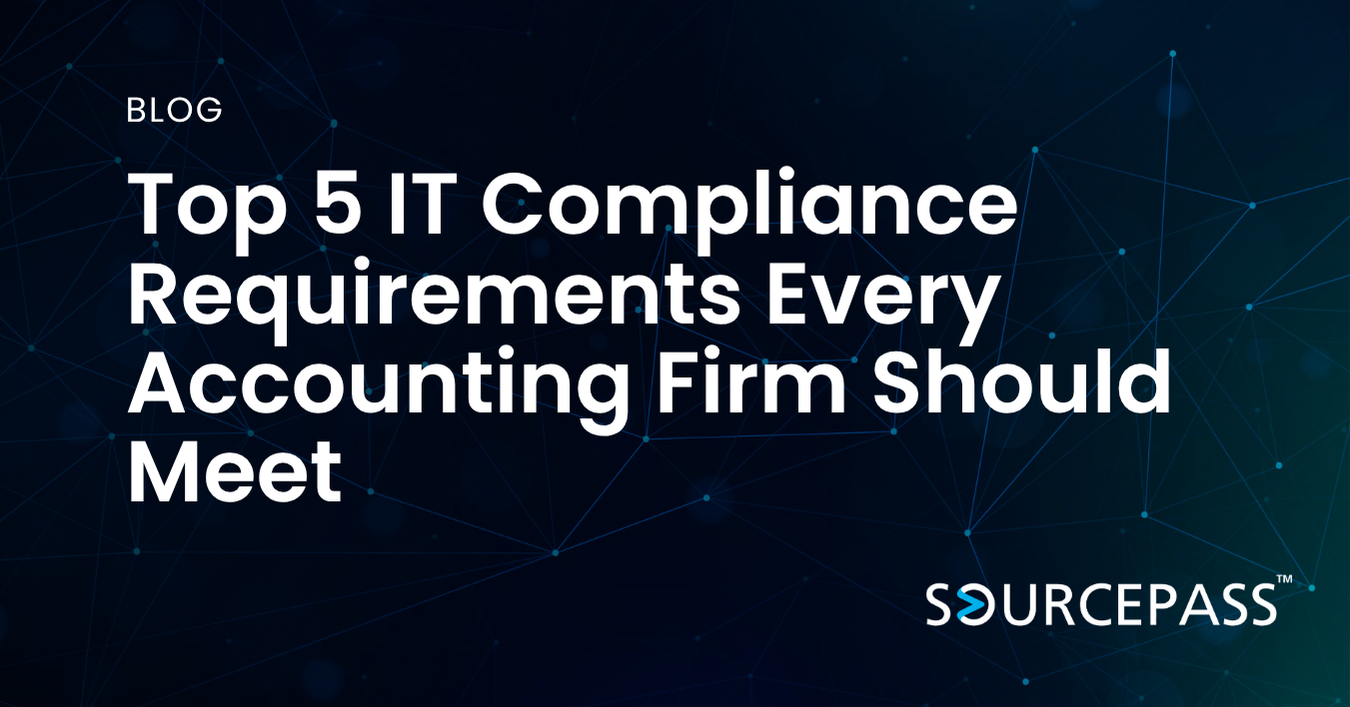Understanding NAIC Model Laws: Compliance and Cybersecurity Implications
Jul 10, 2025 Alex Davis Compliance Regulations 3 min read



As cyber threats continue to evolve, industries that handle sensitive consumer data—particularly the insurance sector—must implement strict data protection measures. The National Association of Insurance Commissioners (NAIC) has developed Model Laws and Regulations to help standardize compliance requirements across states, particularly in the areas of data security and consumer protection.
For insurance providers, third-party administrators, and businesses handling policyholder information, NAIC Model Laws serve as a framework for cybersecurity best practices and regulatory compliance. In this article, we’ll explore:
- What NAIC Model Laws are
- Industries affected
- Key compliance requirements and components
- How IT and cybersecurity teams can ensure compliance
What are NAIC Model Laws?
The National Association of Insurance Commissioners (NAIC) is the U.S. standard-setting organization for state insurance regulators. NAIC Model Laws are guidelines that states can adopt to establish uniform insurance regulations, including those related to data security, breach response, and risk management.
Key NAIC Model Laws Related to Cybersecurity:
- NAIC Insurance Data Security Model Law (#668) – Establishes cybersecurity standards for insurers, including data protection, risk assessment, and incident response.
- NAIC Consumer Privacy Protection Model Act – Focuses on protecting consumer data and ensuring proper disclosures about data collection.
- NAIC Third-Party Service Provider Regulation – Requires insurance companies to ensure vendors comply with cybersecurity standards.
Many states have adopted or modified NAIC Model Laws to create state-specific regulations, such as:
- New York’s Cybersecurity Regulation (NYDFS 23 NYCRR 500)
- California Consumer Privacy Act (CCPA) for insurance companies
Industries Affected by NAIC Model Laws
The primary industry affected by NAIC Model Laws is insurance, but compliance also impacts third-party vendors and IT service providers supporting insurance businesses.
1. Insurance Companies & Brokers
- Health insurers, life insurers, property & casualty insurers
- Must implement cybersecurity programs to protect policyholder data
2. Third-Party Administrators (TPAs)
- Companies handling claims processing, underwriting, and premium collection
- Required to follow the same cybersecurity standards as insurers
3. Insurance Technology (InsurTech) Companies
- Startups offering AI-driven underwriting, fraud detection, and digital insurance services
- Must comply with data security and privacy requirements
4. IT & Managed Service Providers (MSPs)
- Companies that store, process, or transmit insurance data
- Must implement encryption, access controls, and breach notification processes
5. Financial & Regulatory Bodies
- Banks, investment firms, and credit rating agencies involved in insurance-backed securities
- Must ensure regulatory compliance with data protection laws
Compliance Requirements & Key Components
To comply with NAIC Model Laws, insurance companies and their partners must implement comprehensive cybersecurity programs that include risk assessments, incident response planning, and continuous monitoring.
1. Data Security Program
Designate a Chief Information Security Officer (CISO) to oversee security policies.
Conduct risk assessments to identify vulnerabilities in data storage and transmission.
Implement encryption for sensitive customer data at rest and in transit.
2. Risk-Based Security Measures
Enforce Role-Based Access Controls (RBAC) to limit access to sensitive data.
Require Multi-Factor Authentication (MFA) for employees accessing critical systems.
Develop continuous monitoring systems to detect anomalous activity and threats.
3. Incident Response & Breach Notification
Establish a formal Incident Response Plan (IRP) with clear roles and escalation procedures.
Notify state insurance regulators, policyholders, and affected consumers in the event of a data breach.
Conduct forensic analysis after a breach to identify weaknesses and prevent future incidents.
4. Third-Party Vendor Management
Conduct cybersecurity due diligence on third-party administrators (TPAs) and vendors.
Require vendors to implement security controls equivalent to those required of insurers.
Mandate contractual obligations for vendors to comply with NAIC cybersecurity regulations.
5. Employee Training & Awareness
Train employees on phishing prevention, password hygiene, and secure data handling.
Conduct annual cybersecurity awareness programs for all staff handling policyholder information.
Implement social engineering simulations to test employees’ ability to recognize cyber threats.
How IT & Cybersecurity Teams Can Ensure Compliance
For IT and cybersecurity professionals, aligning infrastructure and policies with NAIC Model Laws is crucial for maintaining compliance.
1. Implement a Secure IT Infrastructure
- Deploy firewalls, intrusion detection systems (IDS), and endpoint security.
- Use data loss prevention (DLP) tools to monitor and prevent unauthorized data access.
2. Automate Compliance Monitoring
- Leverage Security Information and Event Management (SIEM) tools to track security events.
- Utilize automated compliance frameworks (e.g., NIST, ISO 27001) to meet audit requirements.
3. Perform Regular Penetration Testing
- Conduct annual penetration tests to identify system vulnerabilities.
- Simulate cyberattack scenarios to test incident response effectiveness.
4. Enforce Endpoint & Mobile Security
- Require mobile device management (MDM) for remote employees accessing customer data.
- Implement geofencing and remote wipe capabilities for lost or stolen devices.
5. Maintain Compliance Documentation
- Maintain detailed records of risk assessments, security measures, and incident reports.
- Be prepared for regulatory audits by state insurance departments.
Penalties for Non-Compliance
Failure to comply with NAIC cybersecurity regulations can lead to:
- Regulatory fines imposed by state insurance departments
- License revocation for insurers operating in non-compliant states
- Civil lawsuits and penalties for failing to protect consumer data
- Reputational damage from publicized data breaches
Example: In 2023, an insurance company was fined $1.2 million by the New York Department of Financial Services (NYDFS) for failing to implement adequate cybersecurity measures, violating both NAIC guidelines and New York's 23 NYCRR 500 regulation.
NAIC Model Laws vs. Other Cybersecurity Regulations
NAIC Model Laws overlap with several other data security and privacy laws but have insurance-specific requirements:
|
Regulation |
Primary Industry |
Focus Areas |
Breach Notification Required? |
|
NAIC Model Laws |
Insurance |
Data Security, Third-Party Risk, Breach Response |
Yes |
|
HIPAA |
Healthcare |
Medical Data Protection |
Yes (for PHI breaches) |
|
CCPA |
All Businesses (CA) |
Consumer Privacy, Data Access Rights |
Yes |
|
NYDFS 23 NYCRR 500 |
Financial & Insurance |
Cybersecurity Regulations |
Yes |
Conclusion
The NAIC Model Laws provide a critical cybersecurity framework for the insurance industry, ensuring that companies:
- Implement risk-based security measures
- Establish incident response and breach notification protocols
- Secure third-party vendor relationships
- Maintain compliance documentation
For insurance providers, IT teams, and cybersecurity professionals, aligning with NAIC cybersecurity requirements is essential for regulatory compliance and consumer trust in a digital-first world.
Subscribe To
Sourcepass Insights
Sourcepass Insights
Stay in the loop and never miss out on the latest updates by subscribing to our newsletter today!
.png?width=500&height=100&name=White%20Logo%20-%20Transparent%20Tag%20(3).png)



